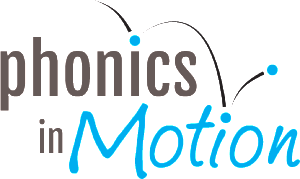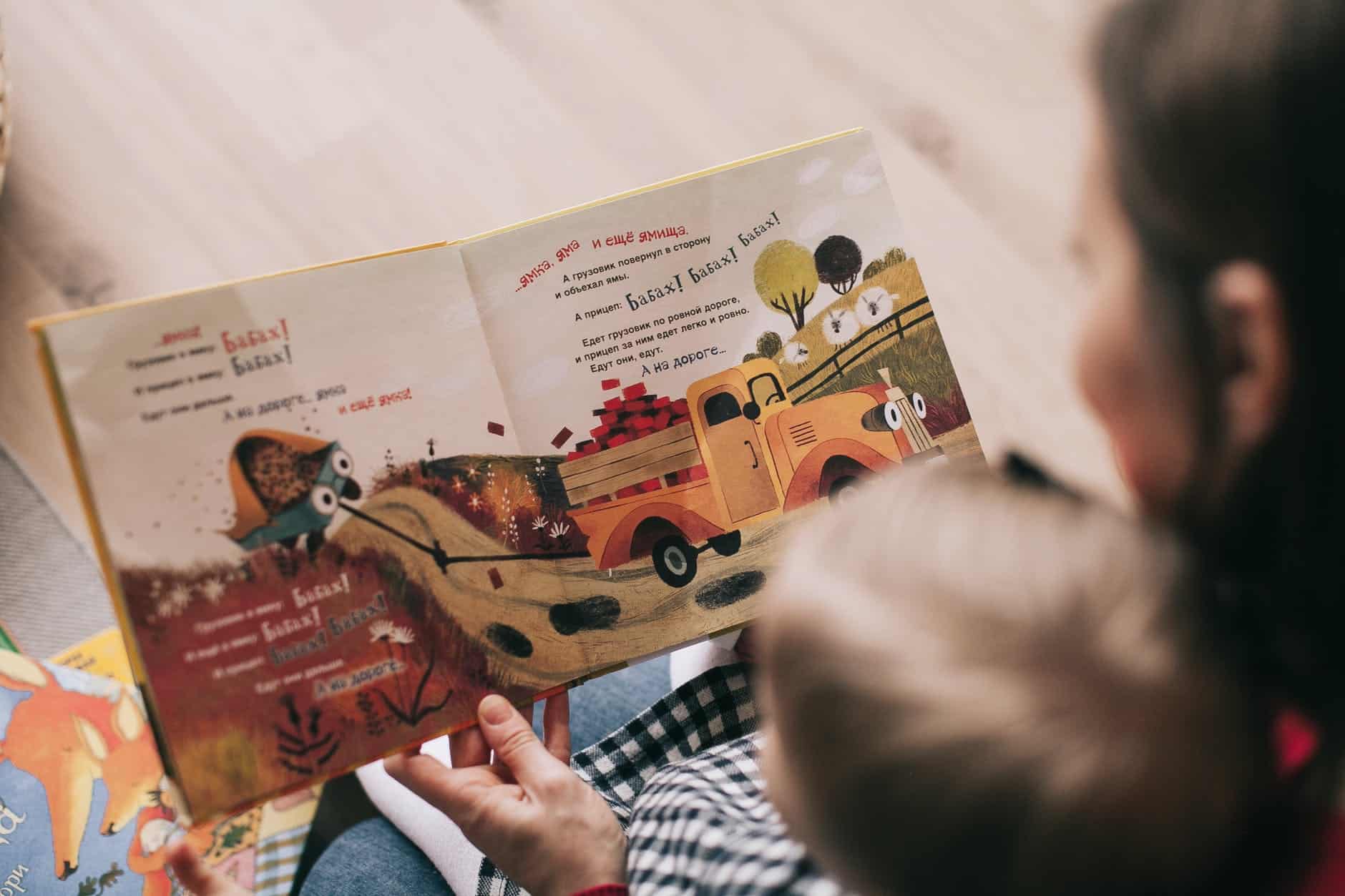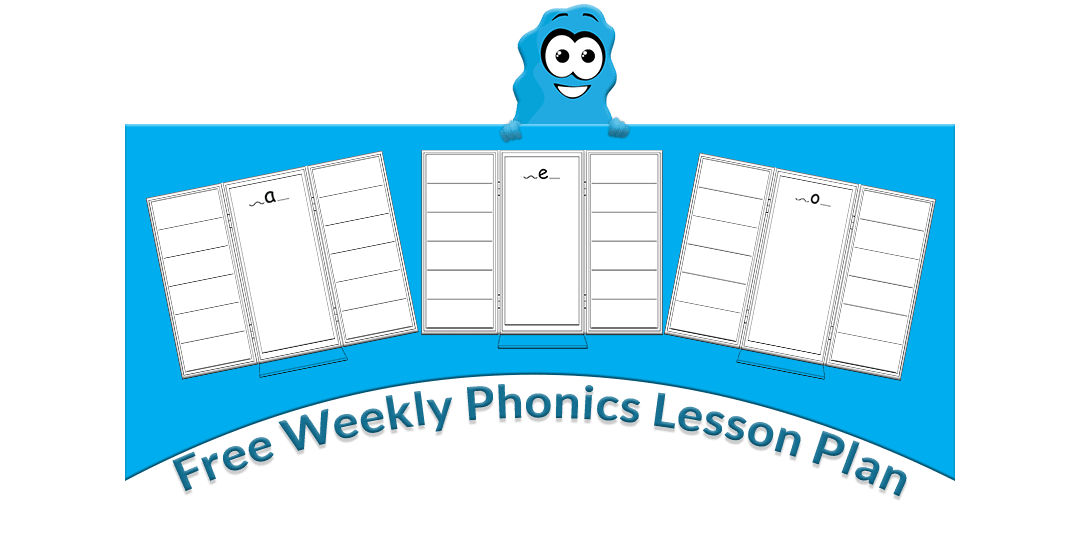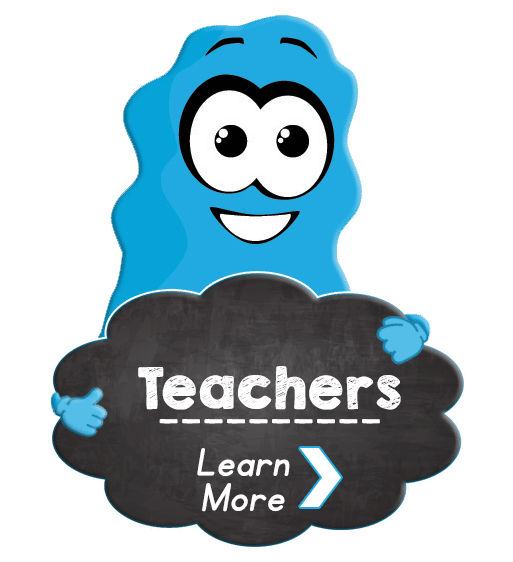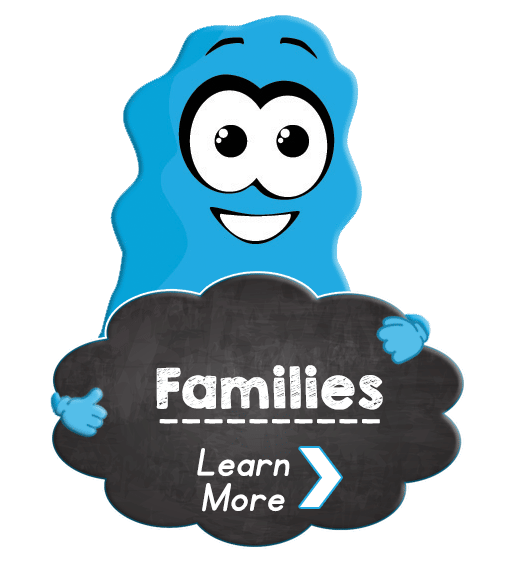Reading Comprehension: The Key To Educational Success
Reading comprehension is one of the pillars of early literacy. It is one of the most important skills for early readers to learn. Providing young readers with engaging and interactive experiences helps to encourage development.
Reading comprehension is hard. Learning to read individual words is important, but understanding the content is the key to mastering the skill. It helps you make sense of what you read and store it in your memory.
As teachers and parents, we know this is easier said than done when teaching eager five-year-olds.
What Is Reading Comprehension
Reading comprehension is the ultimate goal of early literacy. The ability to understand what is read develops gradually during a child’s early years of schooling.
Comprehension does not solely rely on word identification skills alone. It also requires understanding that words are made up of sounds, recognizing word patterns, and increasing vocabulary. It relies on children’s background knowledge and their ability to make connections between old and new ideas, and their ability to analyze what they have read. This can be difficult for young readers who are still learning these skills.
Reading comprehension is a process that begins with the reader and the text; it also involves prior knowledge, experiences, attitudes, and language proficiency. To successfully comprehend what is being read, the reader must understand the meaning of individual words, phrases, and expressions used in the text and identify overall meaning at a global level.
Emily Hanford, creator of the “Hard Words: Why Aren’t Our Kids Being Taught To Read” says “ reading comprehension is the product of your language comprehension—the words you know how to say, the words you can hear—and your decoding ability.
Why Is Reading Comprehension So Important?
Think about how you use reading comprehension every day. You read the newspaper to keep up with current events. You read a manual to learn how to assemble a new toy. You read the ingredients on a food label to help you stay healthy. And if you’re a student, you need it when you study your textbook and complete assignments.
Reading comprehension is more than just understanding words — it’s understanding the context and having the background knowledge to comprehend the text.
Students who are good readers are able to understand, analyze and connect to the information they read.
Developing strong reading comprehension skills also improves writing ability.
When students read, they have the opportunity to see how sentences are structured and how paragraphs are written and organized. They begin to see that writing is not just a random collection of words but that it has a structure, a rhythm, and a flow.
By improving reading comprehension, students become better writers because they can understand what other writers have done, such as how writers hook readers with an introduction or use examples to make a point. Reading also helps students learn new words and phrases that they can then use in their own writing.
Reading Comprehension Challenges
Many students struggle with reading comprehension. It is a complex process that requires the use of many higher-level thinking skills.
Reading comprehension can be challenging for many reasons, including problems with decoding, fluency, or understanding and analyzing text.
Sometimes there is more than one problem that causes reading comprehension difficulties. For example, a child may have trouble understanding what he reads because he is unable to decode words efficiently or because he cannot remember what he read long enough to answer questions about it.
A child may have difficulty understanding an expository text at other times because he does not know how to use background knowledge and text clues to better understand what he reads.
Teaching Reading Comprehension
Reading comprehension is an ability that comes with a lot of practice. It is a skill that helps children be independent readers who can read for meaning.
Reading comprehension skills are best built through direct instruction, modeling, and lots of guided practice. As kids become better readers, they will learn to automatically recognize words by sight, and they will develop more advanced literacy skills.
A student who is a strong decoder but has poor comprehension skills will not be able to use his decoding skills to comprehend what he reads. He may be able to read a passage correctly but not know what it means.
While some students are naturally good at comprehending what they read, many have difficulty with this skill. Therefore, teachers must teach students comprehension strategies along with decoding strategies. If a teacher does not explicitly teach students comprehension strategies in an organized and meaningful way, many students will struggle.
How PIM Helps
Reading comprehension can be a struggle for many people, but it doesn’t have to be. It’s all about finding the right approach. There is no one method or approach that can be used by everyone. You need to find what works for your student.
A common mistake that teachers make when teaching reading is to separate each pillar of literacy into silos. That’s a mistake because the way the brain works, our brain is always trying to make connections.
Reading is not like math. It isn’t a set of skills that you have to learn in order, and then once you’ve done them, you can move on. You are connecting meaning with print and sound as you go along. It is an integrated process.
That’s why Phonics in Motion was designed to meet each student right at their level.
In a PIM classroom, students learn by learning words through kinesthetic motion as well as reading for meaning — essential skills for students to become independent readers.
Phonics in Motion provides a scaffold for students who are struggling with reading comprehension. In Phonics in Motion, students become actively engaged in the learning process through writing and speaking.
Get Started With Phonics in Motion
If you’re ready to find out if Phonics in Motion is a good fit for your classroom or family, check out the 15 pages of our e-book for free here.
